Minolta X-370 Review: Between A New And Old Era
Last Updated on December 28, 2023
Editorial Note: By purchasing through the links on DustyGrain, we may earn a commission. These earnings do not dictate our opinions or product evaluations.
In this Minolta X-370 review we’ll talk about its most important features, its strengths and weaknesses, and how it became one of Minolta’s best-selling cameras.
The X-370 is one of those cameras that Minolta introduced to compete in the entry-level range of general consumption, to compete on price and features. At the beginning of the 80s the competition was getting stronger, the cameras were no longer aimed only at amateurs and professionals, the domestic sector was growing and the cameras had to be simple and easy to use.
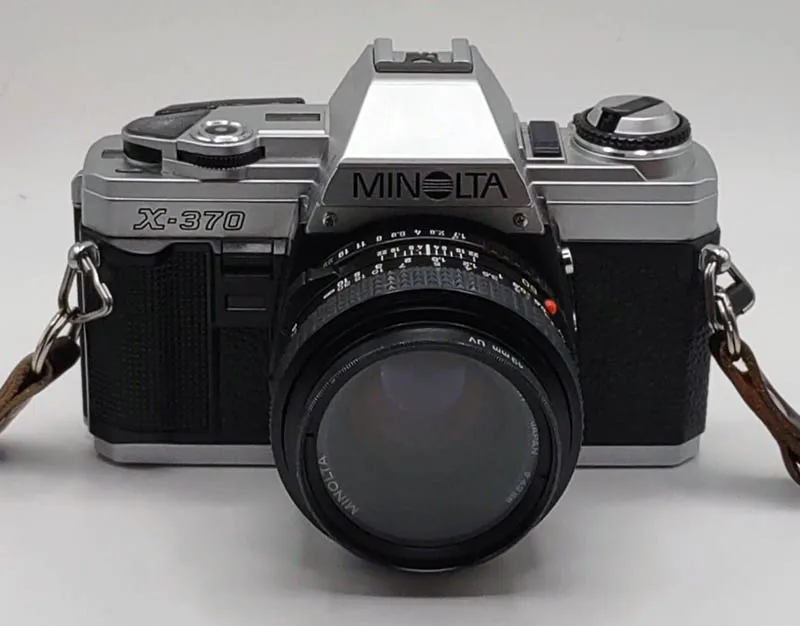
Table of Contents
X-370 Specifications
| Year Release: | 1984 |
| Camera type: | SLR (Single lens reflex) |
| Finish: | Chrome and Black |
| Film type: | 35mm |
| Mount: | Minolta bayonet mount (MD) |
| Standard lens: | MD Rokkor 50 mm f/1.7 |
| Shutter type: | Electronically-controlled, horizontal-traverse cloth |
| Shutter speed: | 4sec – 1/1000sec, B |
| Viewfinder: | 95% coverage |
| Flash sync: | 1/60 sec |
| Self timer: | Mechanical action, 10 sec delay |
| ISO Range: | 12-3200 ISO |
| Meter: | TTL, center-weighted, EV 1 to EV 18 range |
| Modes: | Auto, Aperture priority, Manual |
| Battery: | 2x LR44 or 2x SR44 |
| Dimensions: | 137 x 90 x 51.5mm |
| Weight: | 470 gr. (without lens) |
Overview
The Minolta X-370 (in Europe X-300) is a classic 35mm SLR camera that was released in 1984. It has a sleek chrome and black finish and made entirely of plastic like most cameras from the 80s. The camera is equipped with a Minolta SR/MD bayonet mount, which allows you to use a wide range of MD/MC lenses and older ones.
The standard lens that comes with the X-370 is a MD Rokkor 50 mm f/1.7, which became one of the most produced lenses by Minolta at the time.
In the 80s Minolta and probably most camera manufacturers began to fragment the output lines with very similar models in which some minimal features were removed or added and they were put on another with a similar name, thus creating an endless amount of camera models.
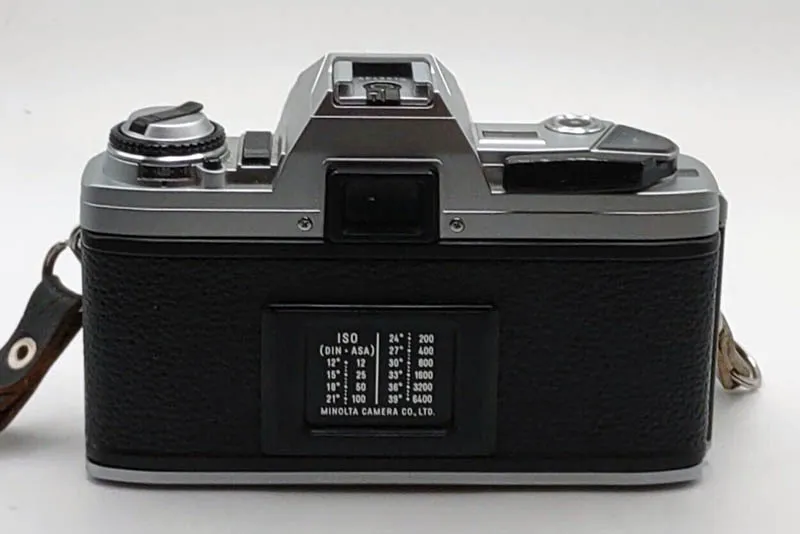
That is the case of the X-570 model, which was practically the same camera with minimal changes such as the inclusion of PC/PX sync ports for the flash and OFT metering for it. It could be said that the Minolta X-700 is the union of both models.
Design
You could say that the X-300’s design represents the last we’ll see of classic SLR design. But with traits that denote the simple and defined lines of the cameras that would come later. Canon was already doing it with the Canon T50, a camera that was nothing like what it was at the time.
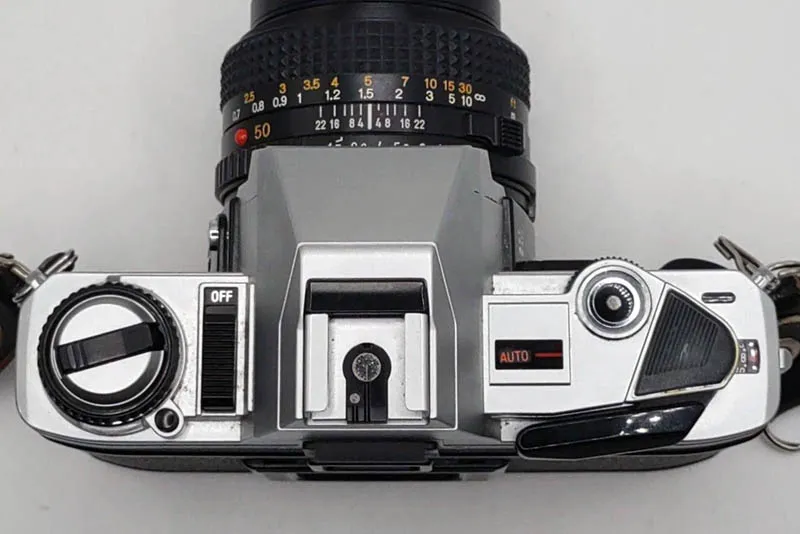
The speed and mode dial are already hidden on a smooth and minimalist surface, some care is noted in the lines and the ergonomic arrangement of the settings. Although the X-700 and X-300 came out in the same year, the X-700 still maintains the XG series design.
I personally like the on/off switch, it is big and noticiable, it is easily activated with the left thumb in a normal situation. I understand that in the end having it on the right side is much more practical and will end up winning, but the advantage is that having it separated and in sight reduces the chances of leaving the camera on (what happens to me often with the X-700).
The shutter
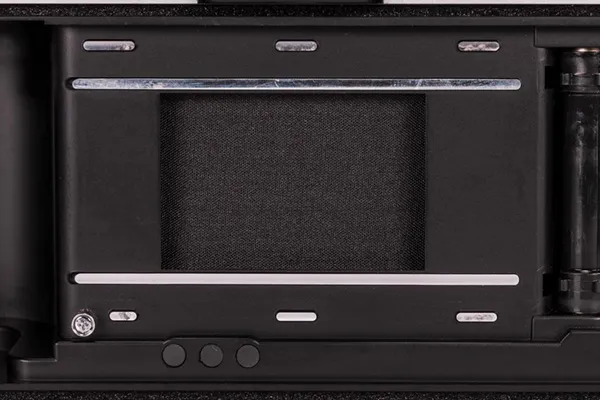
One of the characteristics of the cameras manufactured in the early 80s by Minolta is that they stopped manufacturing metallic shutters (until the arrival of the Maxxum line), and this was no exception. We are talking about the horizontal shutter curtains type, acting on speed from 4s to 1/000s.
In general, there are no drawbacks with this type of shutter, they work correctly, the only reason why people prefer a metal shutter is because it is quieter.
The Viewfinder
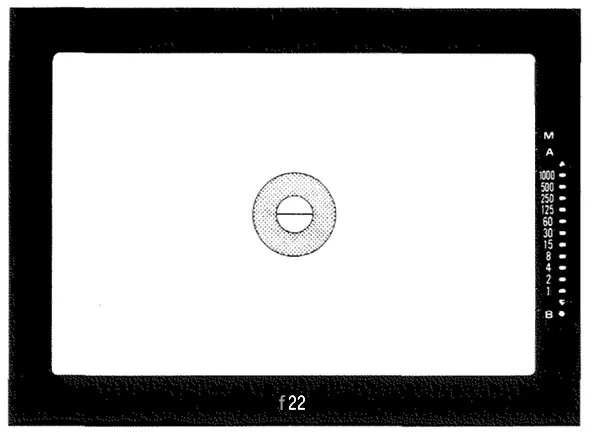
The viewfinder on the X-370 offers 95% coverage, bright and just the right size and it uses the split image spot for focus assist. Through the viewfinder we can also see the exposure settings and the mode in which the camera is, that is, the basic and necessary.
Metering
The X-370 has a ISO range of 12-3200, a TTL, center-weighted metering system with an EV 1 to EV 18 range. Basically the X-370 has three shooting modes: Auto mode, Aperture priority, and Manual. To shoot in full auto you have to position the lens aperture at 22 and the shutter mode at Auto.

One of the decisive factors in the success of cameras with automatic functions like the X-370 is its light meter, and on this camera it works very well and is arguably one of its strengths. You can notice this especially in low light situations.
Battery
The X-370 is powered by two LR44 or SR44 batteries, easy to find and the one you won’t have to change for at least a year (If you don’t leave the camera on). Please note that the batteries will be drained even if you don’t use the camera for about that period.
Price
A Minolta X-370 (or X-300) in good condition can cost between $30-50, depending on whether or not it comes with lenses, the use and physical appearance of the camera, etc. It can cost a lot more if it comes with original manuals and packaging.
Samples photos
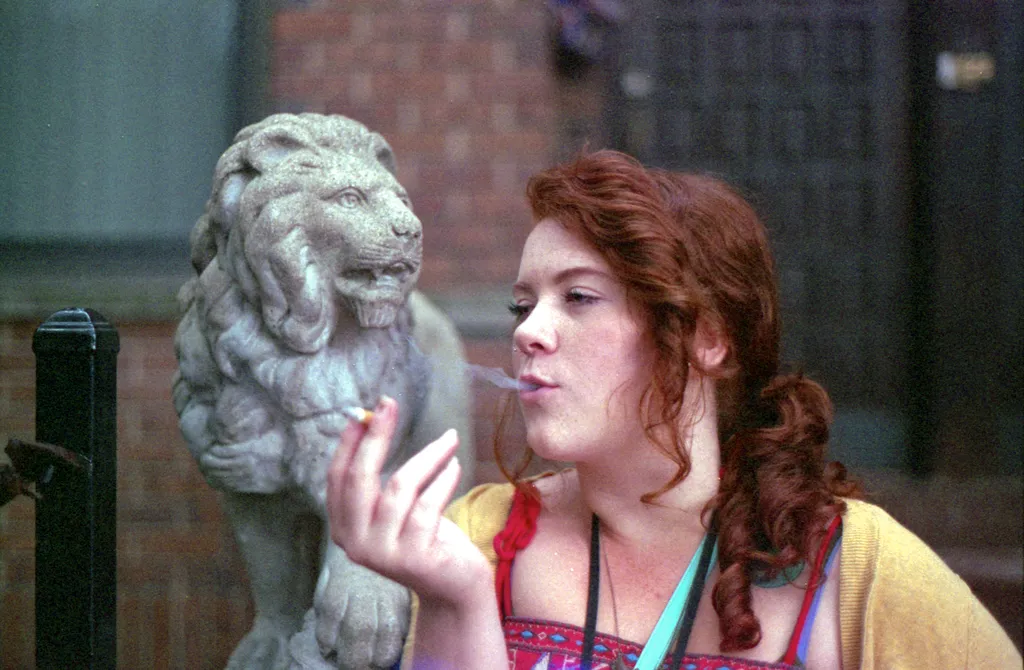

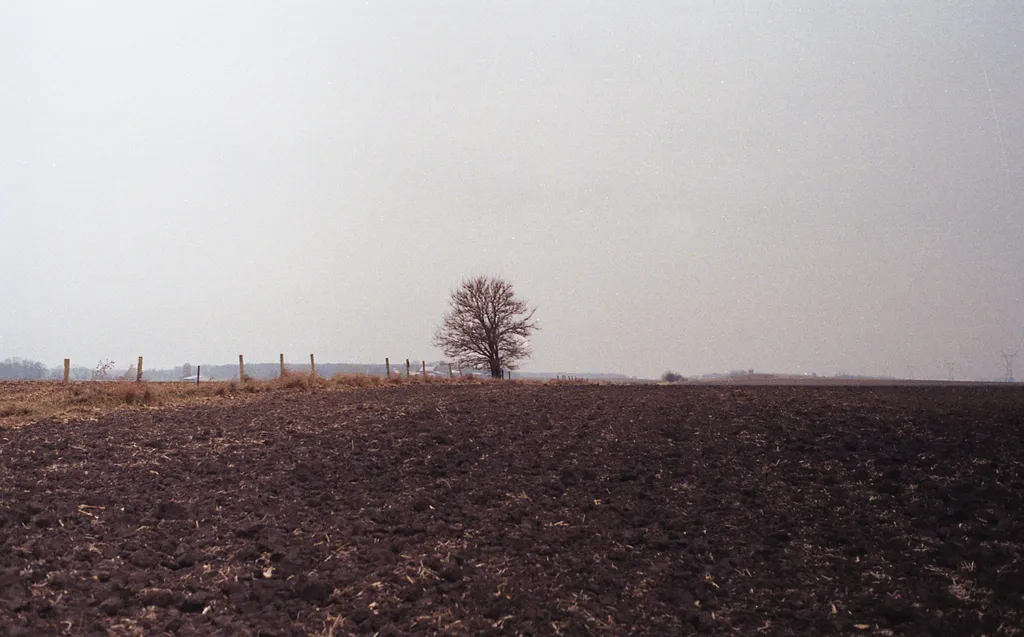

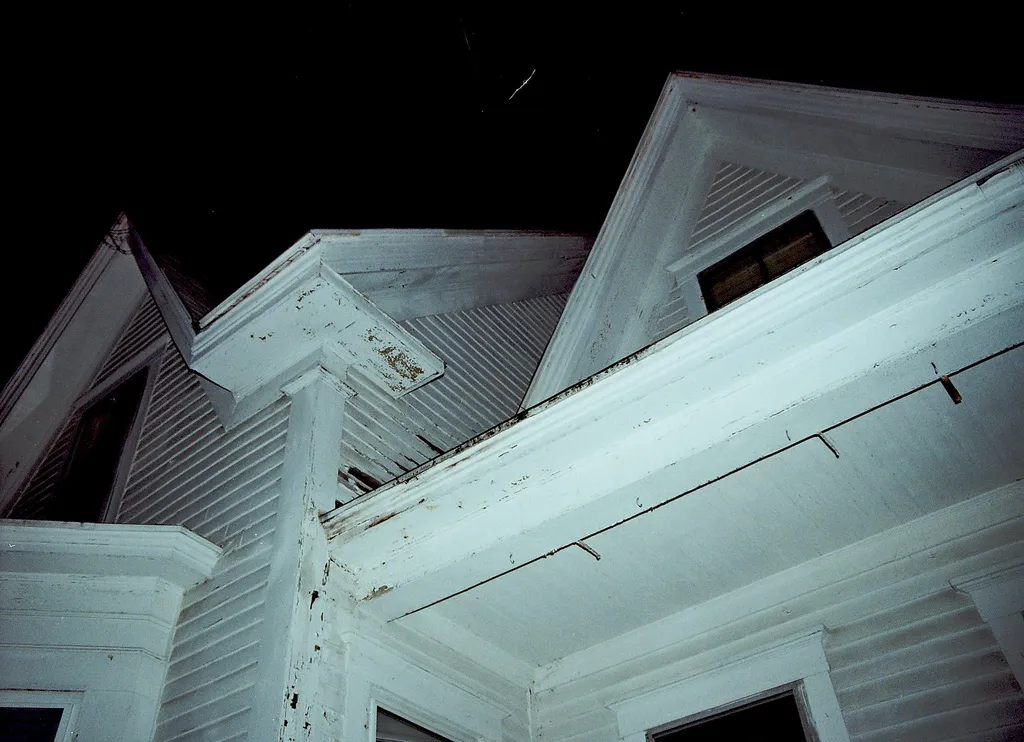
Conclusions
To conclude with this Minolta X-370 review, we will say that it is undoubtedly a good option to start analog photography or simply to experiment with a simple, light and easy-to-use camera. I got mine out of simple vice, and to compare it with my X-700, I can say that it’s worth it, it’s good for those moments when you don’t know which camera to take when you don’t know where you’re going… I don’t know if it happened to you?

Written by Jorge Ferrufino
“I am a fashion photographer and an analog photography enthusiast since the beginning of my career (15 years ago). I have had the opportunity and honor of showcasing my work in various galleries and publications around the world.“
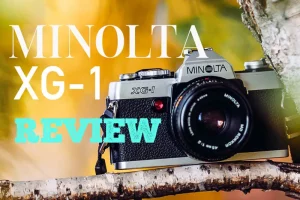
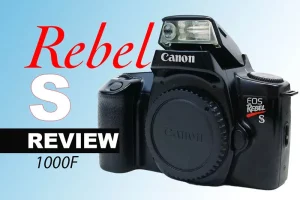
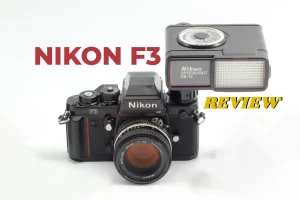
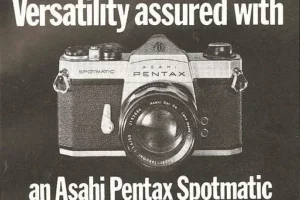
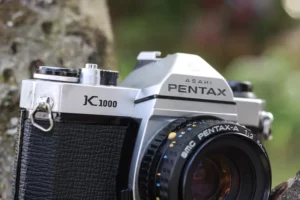

“To shoot in full auto you have to position the lens aperture at 22 and the shutter mode at Auto.:”
I thought this mode was only available with the Minolta X-700?
It works in the same way on the X-370/x-300.